Turkey season generally goes something like this: you find them, you call them, you shoot them. It’s simple to turkey hunt—but it’s not easy.
Spring is most hunters’ favorite time to chase turkeys because the season plays on the one chink in a turkey’s armor — sex. Boss tom gobblers start thinking about breeding around mid-March through May, depending on region, and get salty with other male turkeys that have the same idea. It’s not uncommon to see huge mixed flocks of males and females in the fall and winter or segregated flocks like the boys on one side of a cornfield and the girls on another. But come spring, it’s dirty dancing time. Among the males, that means war.
When hunters call at turkeys, they’re replicating hot and heavy hen sounds most of the time. They’re saying, “Hey, big boy. Come check me out.” It is very effective to make those calls while hidden near a pair of hen and jake (or juvenile, sub-dominate male) decoys. That long-beard boss gobbler will hear the come-hither music, see a weak-looking jake nearby, then charge with thoughts of killing and screwing. It’s a simple play on a base instinct, but it is not easy to execute. It’s possible, yes, to call in a suicidal 2-year-old tom on a rusty fence gate, but the very best turkey callers have developed their art over a lifetime. Turkey hunting is very much like elk hunting, which is why some of the best elk hunters are great turkey hunters, and vice versa.
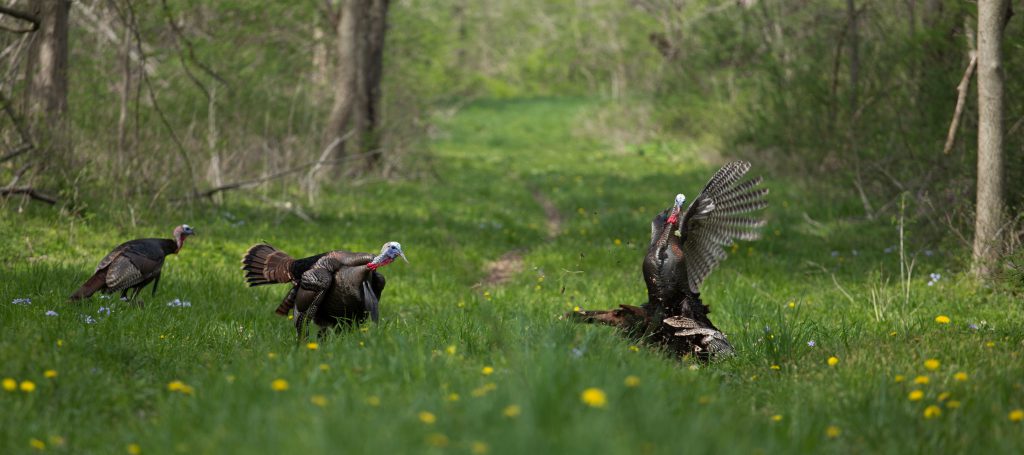
Turkeys have excellent vision, extraordinary hearing, and the personality of an exposed nerve ending. Their default setting toward anything remotely threatening is run. This is especially so in places where they’re hunted hard. It’s long been said that if turkeys could smell, we wouldn’t know they exist. Shift in your seat with excitement while a gobbler is charging in to attack your decoy, he gone. Cough into your elbow while a bird is hung up 100 yards out, he gone. Call too much or hit a sour note, he gone. This all makes them incredibly fun and rewarding to hunt. Some seasons, I’ve punched my two home-state turkey tags in the first two days of the season. Other years, I’ve grinded morning after morning and barely scratched one tag.
Turkey hunts are an excellent introduction for new and youth hunters. I killed one last year with my 4-year-old son in the blind. Within the simple rubric of find, call, shoot, there are endless variations on how to chase turkeys, be it posting up on a roost near an ag field, chasing them late morning in the big woods, or walking and calling them in the pines of the mountain West. I know a guy who kills them in wilderness in Colorado. He takes a mountain bike in 9 miles, then sets about his hunt — a backcountry adventure in May.
New hunters should embed with an old hand and learn how it’s best done locally. But in all cases, the gear is more or less the same. You need a shotgun and shells. You need good camouflage, including a mask and boots, a vest, some calls, and maybe decoys. Compared to bowhunting or duck hunting, the barrier of entry is relatively light on gear. If you are new, this makes for a quick shopping list. Tool up now, so if you get an invite or find your own birds, you can make it happen. But be warned — if you get into turkey hunting, your springtime work performance will suffer. It may cause strain in familial relationships. That exercise tracker on your rest will bark that you need more sleep. The thrill of chasing turkeys can quickly feel like a drug. One bird is too much. One hundred isn’t enough.
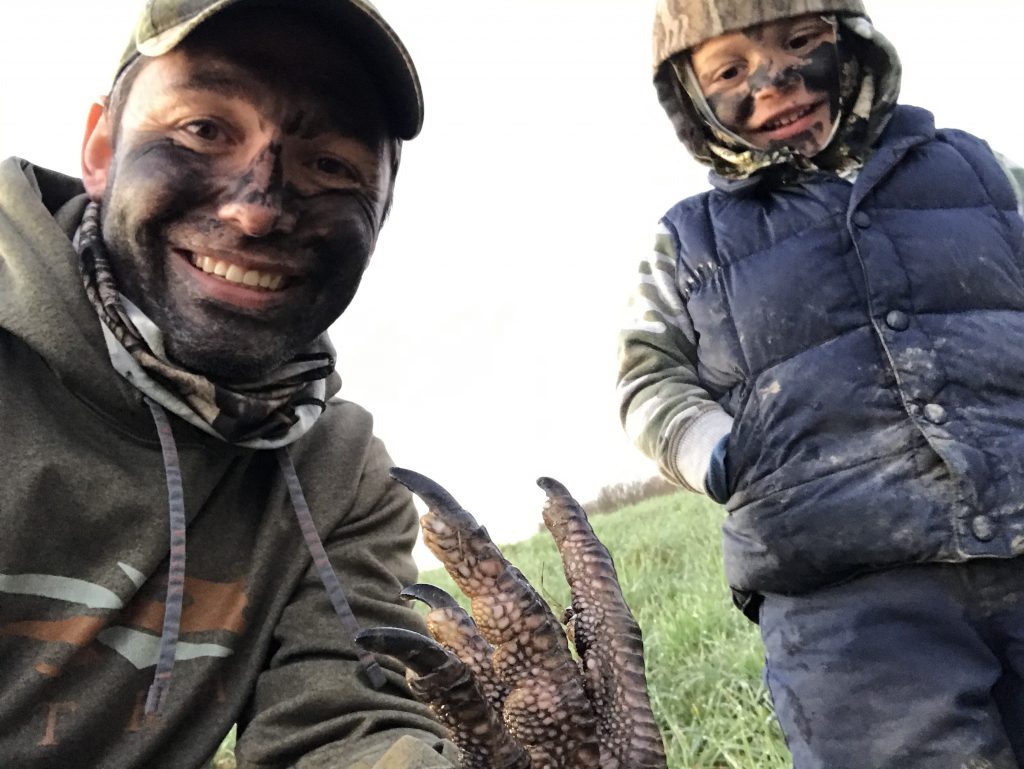
Guns & Ammo
Yes, turkey hunting can be done with archery tackle, most often hidden in a ground blind that lets the hunter getaway with some movement. Many diehard turkey hunters consider this a parlor trick. I like to bowhunt them, but as a friend says, “Turkeys are meant to be shot with shotguns,” and he’s not entirely wrong. Every turkey hunter needs a shotgun. For decades, that meant a 12 gauge, but shotshell technology has gotten so good — the new ammo is so good — that many serious turkey hunters have moved to the 20 gauge or smaller. You never, ever get a follow-up shot on a turkey worth taking. You either club them or miss, and they’re gone. Pump-action shotguns are great, as they provide the illusion of a second shot. Their real advantage is you can use the shotgun for other things that benefit from more than one round — small game hunting, home defense, range shenanigans, etc.

Mossberg 500 Turkey, $549
The 500 is a proven, much-loved design that has been a part of the turkey woods since the early days of modern turkey hunting or the 1970s. It is short-barreled for a sporting shotgun — 20-inches in 12 gauge and 22 inches in 20 — except for the .410 that runs a 24-inch tube. This is because modern TSS ammunition (see below) has made the child-sized .410 a real gobbler killer, and the new modern super loads require a long barrel for the best shot patterns. The Mossberg comes with an excellent extra-full choke, which constricts the bore to that ideal turkey-tight pattern. It also has a fiber optic bead, which is good for clearly holding on the kill spot — the turkey’s neck waddles.

Stevens 301 Turkey Obsession, $209
A specialist’s gun, this Stevens was designed to do one thing and do it well: kill turkeys. It is simple, inexpensive, and light. A new turkey hunting friend picked one up with a red dot sight and five boxes of the exceptionally good Federal Heavyweight TSS turkey loads for less than $500 online. It has sling studs, as all turkey guns need a sling. The barrel is a long 26 inches as recommended by the TSS ballisticians at Federal. It’s a one-trick pony, but it does that trick really freaking well.
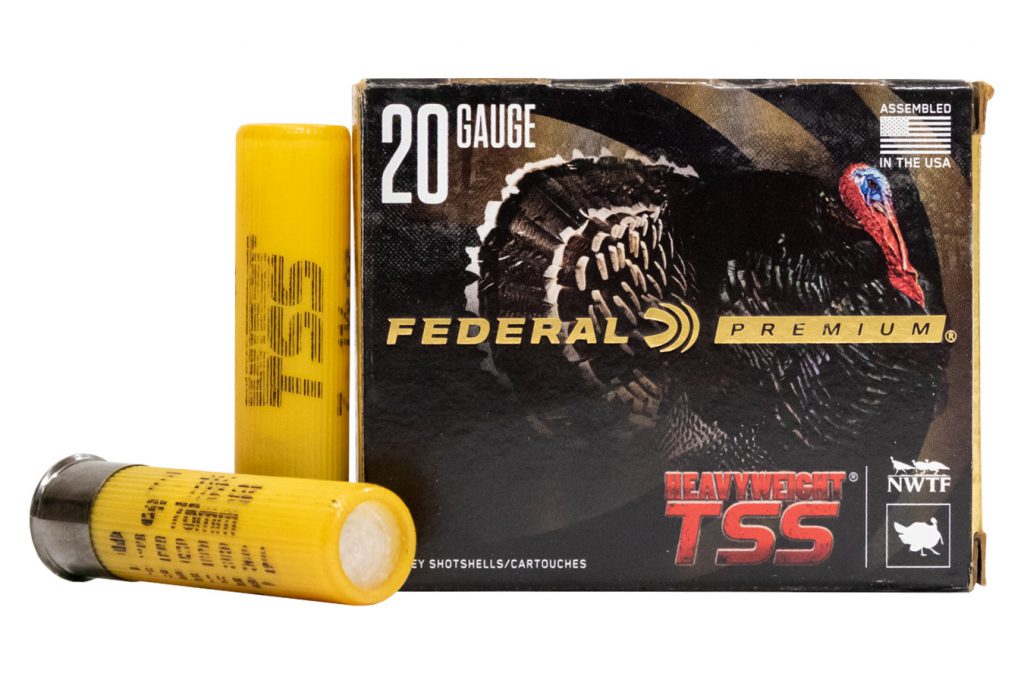
Federal Heavyweight TSS, $38 to $72 per five, depending on gauge
No, you do not need $10 per shell to kill a spring turkey, but man, does it help. Consider the shotgun that shoots shot. A traditional 12-gauge turkey load of No. 4 lead will have about 256 pellets per shell. A TSS load of the same weight with No. 7s will carry 637 pellets. TSS stands for “tungsten super shot,” which is an alloy of 95 percent tungsten plus some copper, nickel, and other raw metals. It is heavier than lead, so the smaller No. 7 pellets “hit” with as much force and penetration as the larger lead No. 4s. This is the same principle at work in armor-piercing ammunition used by militaries, made of tungsten and/or depleted uranium. In the turkey woods, this means that cloud of shot has many more pellets in it, many more chances of a single one striking spine or brain. It also allows for longer killing shots. And kill them it does. For the last two years, I’ve been reloading .410 TSS shells, and while I keep my kill zone inside 20 yards, man, does it knock them dead. It’s a see-it-to-believe-it kind of thing. It’s just damn violent. That all said, it seems to me and most diehard turkey hunters I know all run a light 20 gauge shooting TSS. Right now, it’s the best thing going.
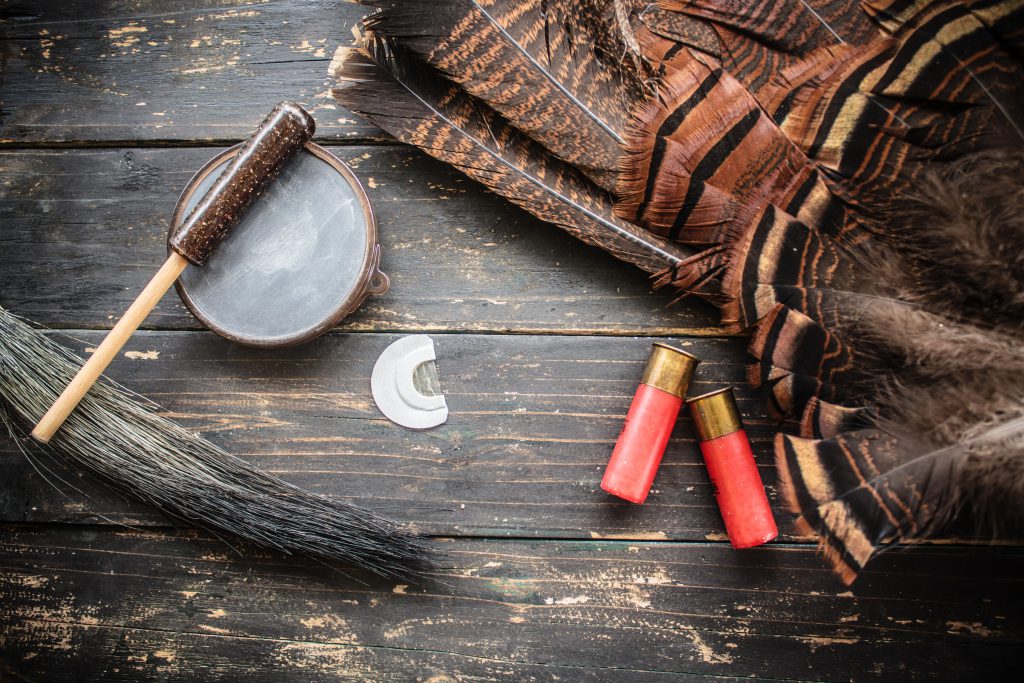
Turkey Calls
To get shotgun-close to a big spring gobbler, he needs to come to you. This is done with calls. The best way to learn to call is to spend lots of time on YouTube, or better yet, befriend some good callers then be quiet and listen. Put the calls in your truck and practice when driving around town. There are many kinds of calls, and every caller has their preference, but loosely speaking, there are three kinds of think about: box calls, pot calls, and mouth calls.
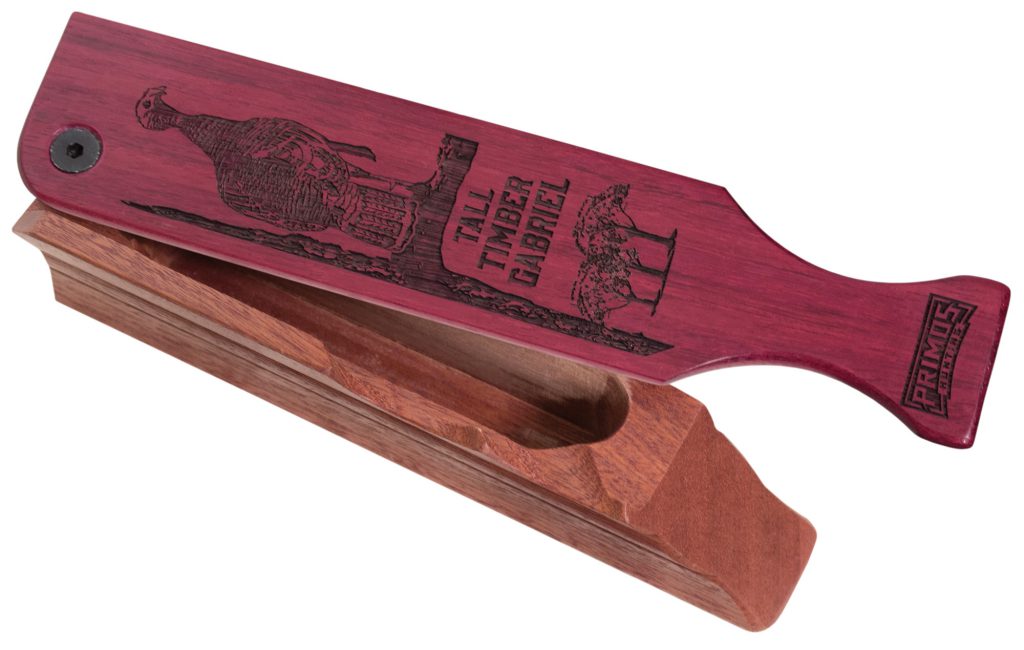
Primos Tall Timber Gabriel, $74.99
The guys at Primos have forgotten more about turkey calling than us mortals will ever know. Their box calls are excellent, especially for the money. Turkey pros and the musically inclined will tell you the box call most replicates the actual sounds turkeys make. The drawback is you need two hands to run them, which is hard to do without moving while pointing the shotgun and pulling the trigger on a bird a few steps away. Still, box calls make excellent locators. A few years ago, I got a custom box call at the Primos factory in Mississippi, and it’s resulted in more than a few turkey dinners.
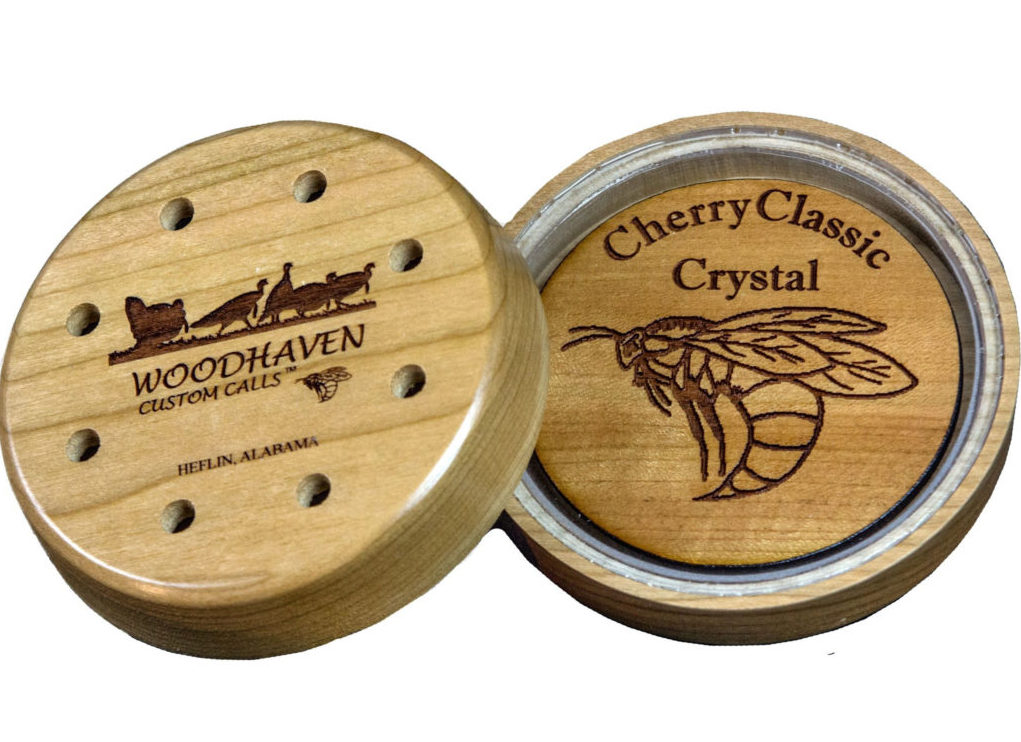
Woodhaven Cherry Classic Crystal, $94.99
Woodhaven calls have gotten incredibly popular over the last few years, much of that thanks to the Cherry Classic. Pot calls are hit with a striker and can make a wider variety of sounds than most can make on a box call. Pot calls come in slate, aluminum, glass, and crystal or acrylic, among other materials. Crystal is lovely because it makes a loud, sharp sound, and with a carbon or laminate wood striker, it works well in the rain. For a long time, a crystal pot now discontinued by Knight & Hale was the only call I really used.
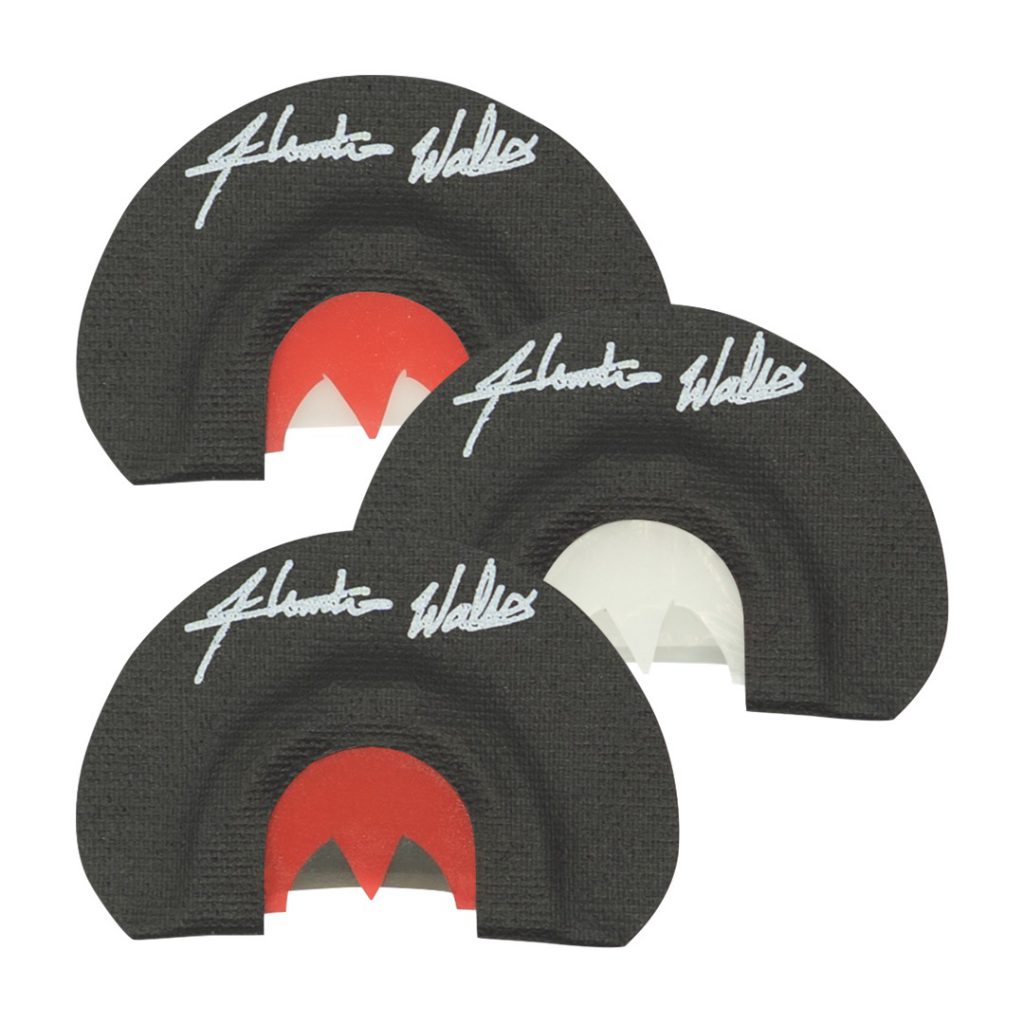
Rolling Thunder Hunter Wallis Signature Series, $34.99
Mouth calling separates the newbs from the pros. Playing a mouth call well is a lot like playing a musical instrument. It’s worth the effort to learn, though, because, unlike the others, you can run a mouth call from a perfectly still sitting position and coax a bird into range. Rolling Thunder calls are excellent. And I’m partial to anything Hunter Wallis. Trim them with scissors so they really fit the roof of your mouth, and practice. Again, YouTube is a gold mine.

Turkey Accessories
The best caller in the world, with a new shotgun and the latest-greatest ammo, will not get very far if the gobbler can see them. Camouflage clothing, including a face mask, is a must. Realtree and Mossy Oak are the old standards of springtime camo patterns. Out West, many like the new skool subalpine from Sitka. Kryptek has legit patterns. The point is, there are many options. Just make sure to match your environment. Remember, a turkey can see way better than you can.
Most turkey hunters wear a vest. They come small and streamlined and big and bulky with pop-out seats built into the ass cushion. The job of a vest is to hold calls and shells and not get in the way. My favorite is an old, cheap Cabela’s vest I bought 10-plus years ago. Every few years, I attempt to replace it, only to bring it out of retirement soon after. Turkey vests are personal, so visit a Bass Pro or Cabela’s and try them on. For what it’s worth, I texted a hardcore turkey nut who’s just now starting a nine-state spring turkey tour and asked him what’s the best. He wrote back in a heartbeat: the ALPS Grand Slam.
Finally, decoys. Diehard turkey callers say decoys are cheating. Well, maybe. Good decoys indeed work, and the two brands worth considering are Avian-X and Dave Smith. They are the best, and they are not cheap. I’m not above decoys, personally. I love them — or rather, I love that hot-stepping, angry, fast-walk a pissed-off gobbler does from 200 yards away when spotting a half-strut jake dek on a warm April morning. There is nothing in the outdoors like it — the mist still rising off the field, the brah-aaaaa of a gobbler in the rising sun, that goofy turkey run, gun on knee, heartbeat throbbing in your ears, thinking don’t move, don’t move, don’t move, wait, wait, wait, then — bang.
Read Next: Field to Table: Biscuits and Wild Turkey Gravy

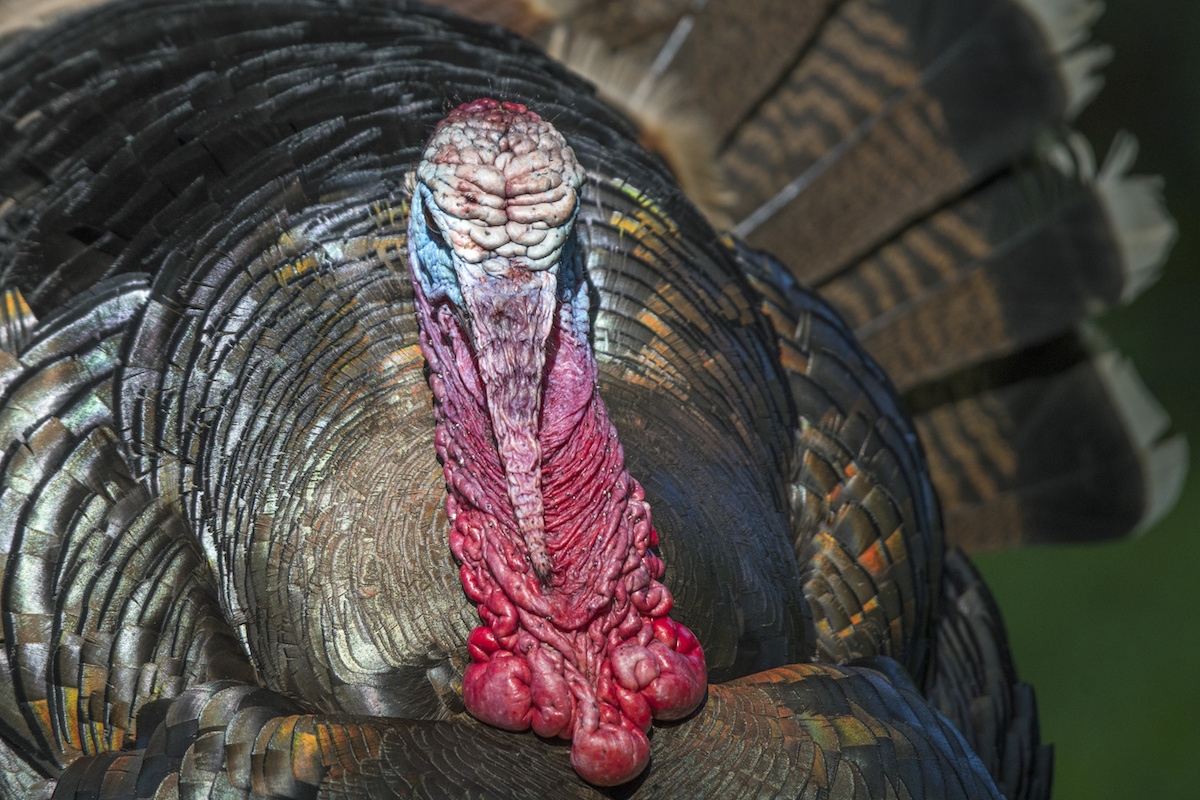

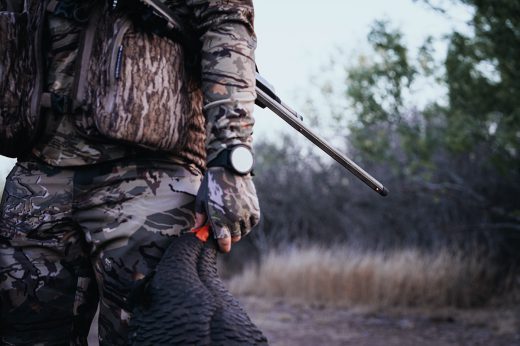
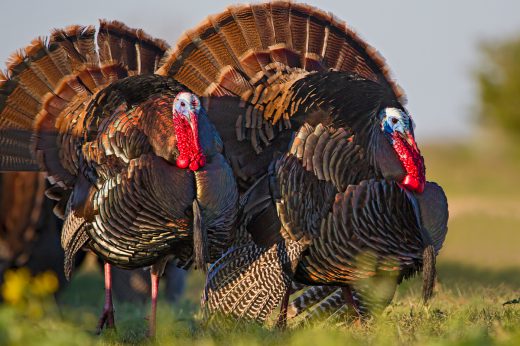
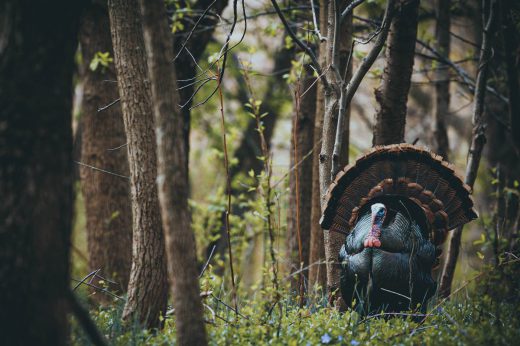


Comments